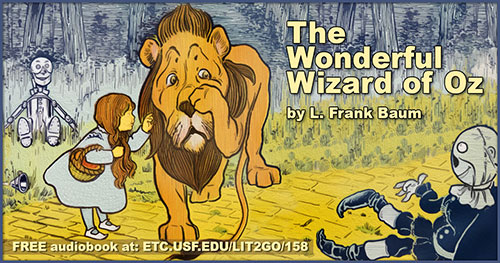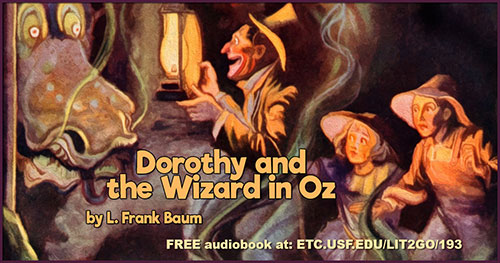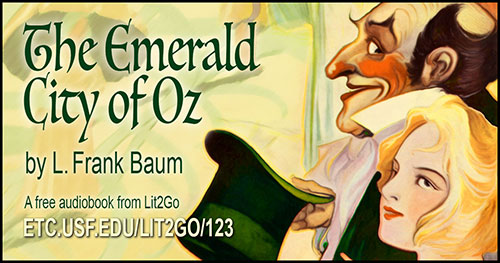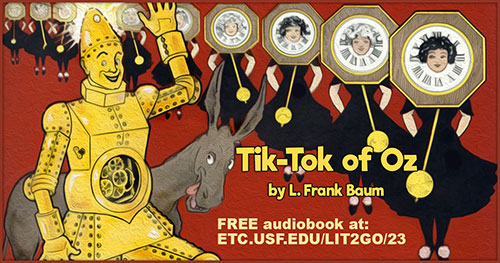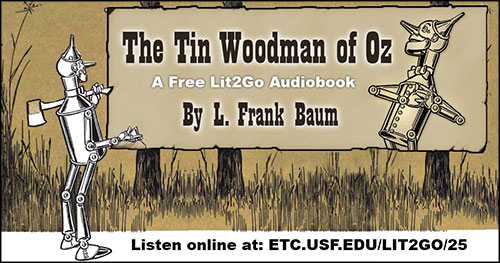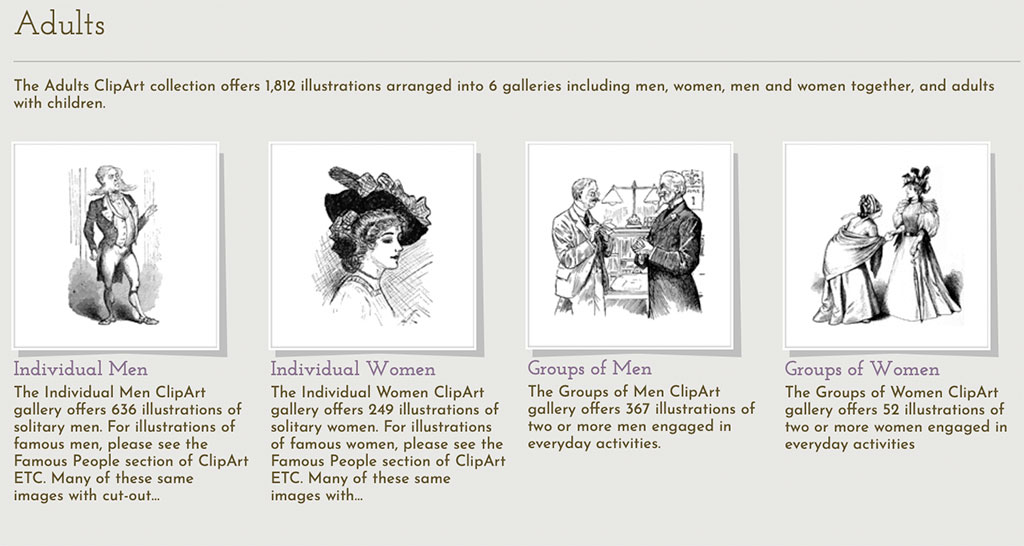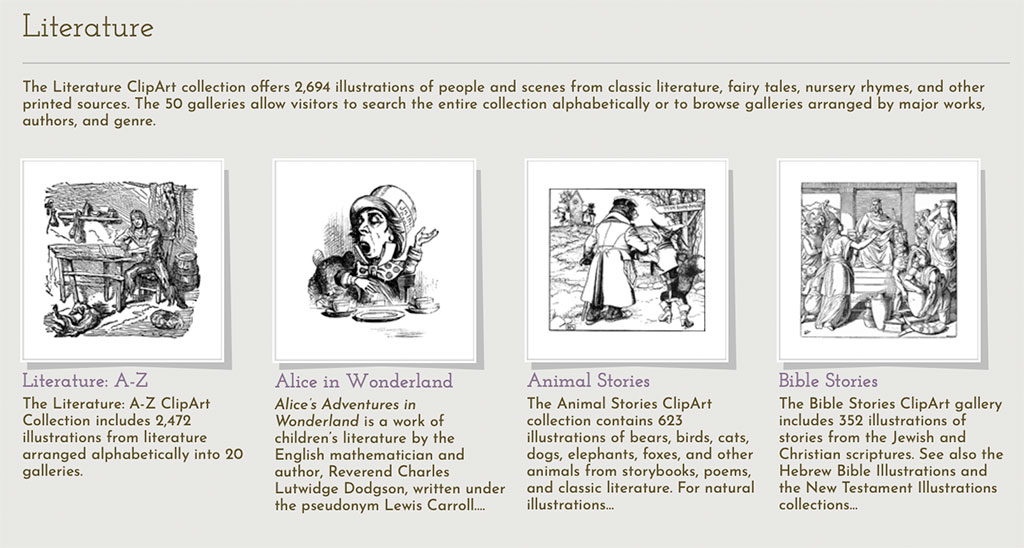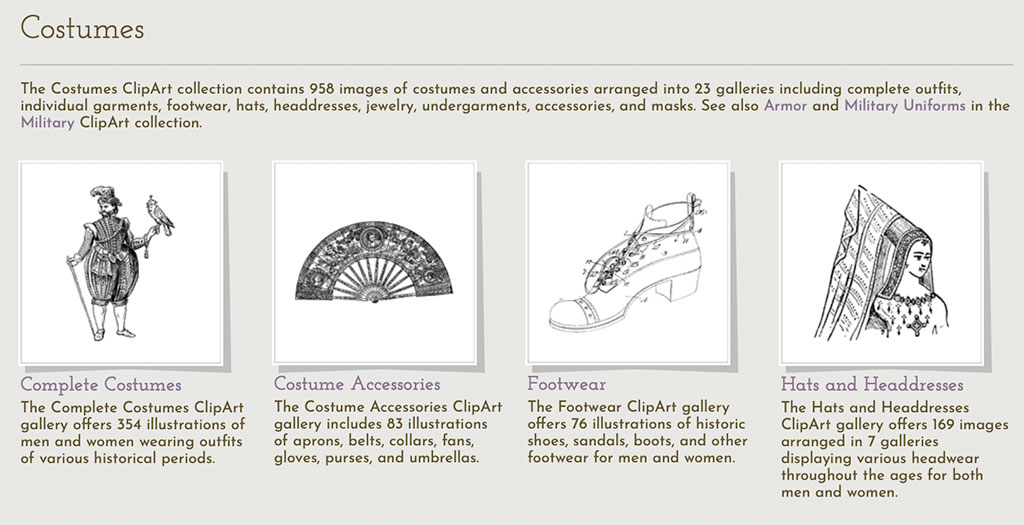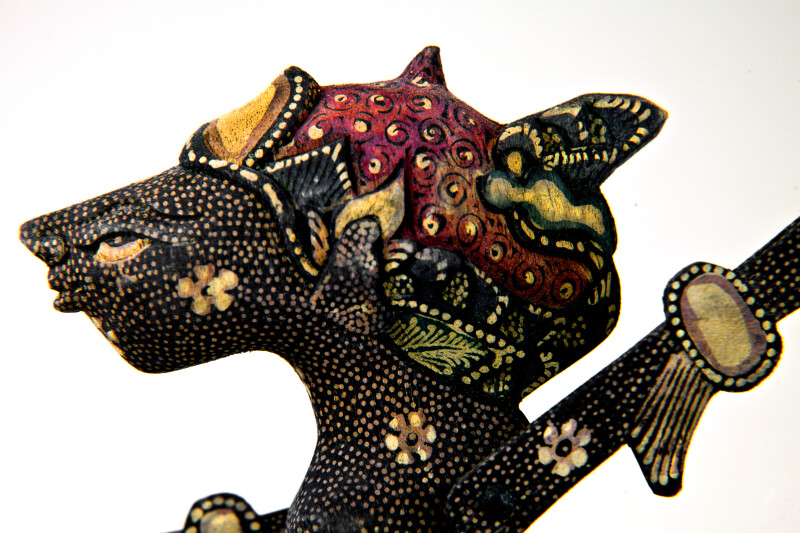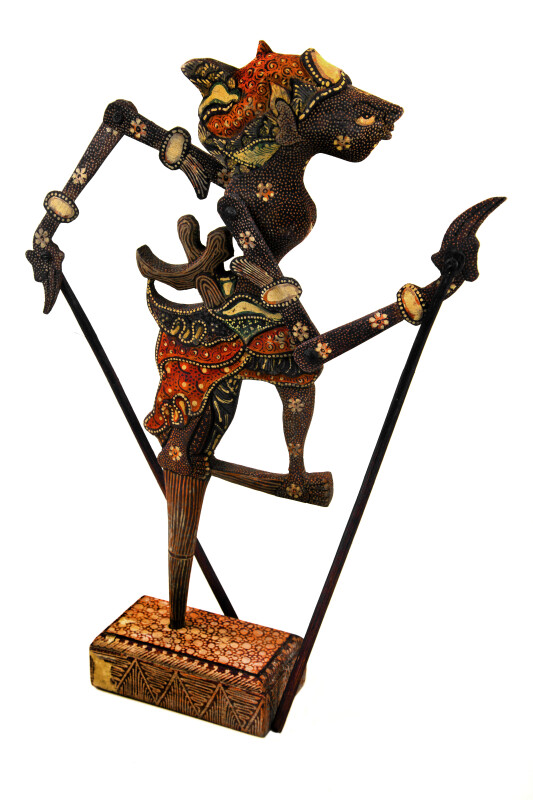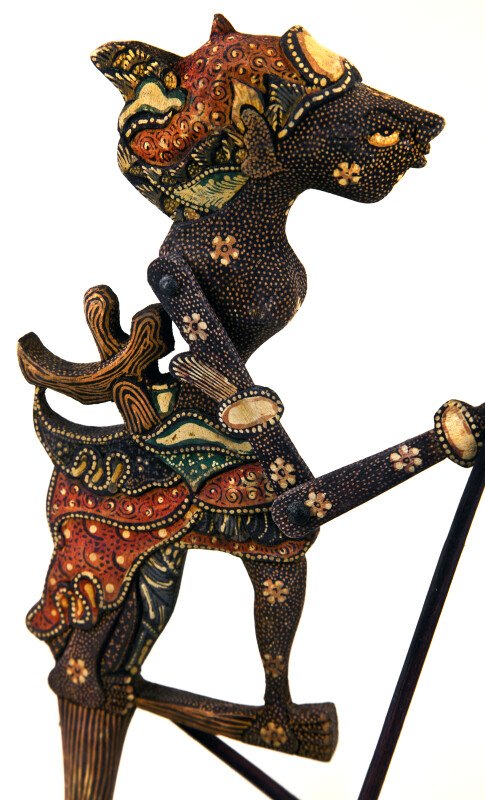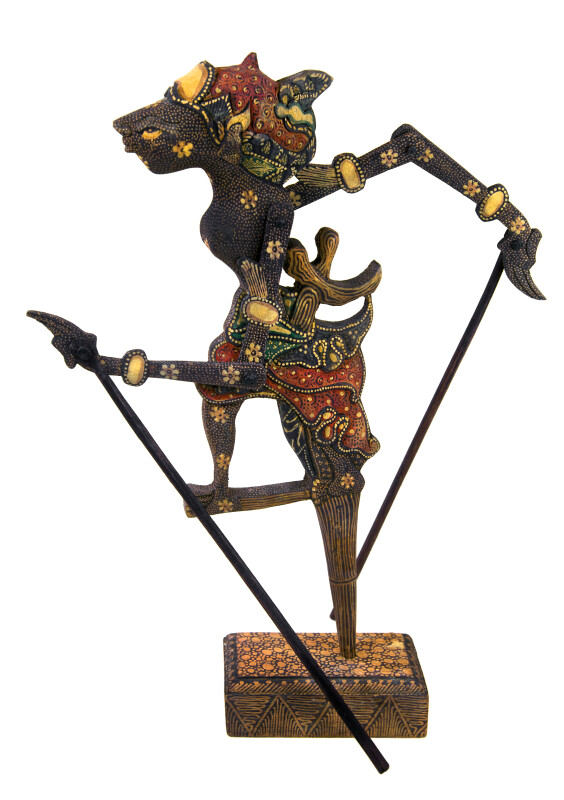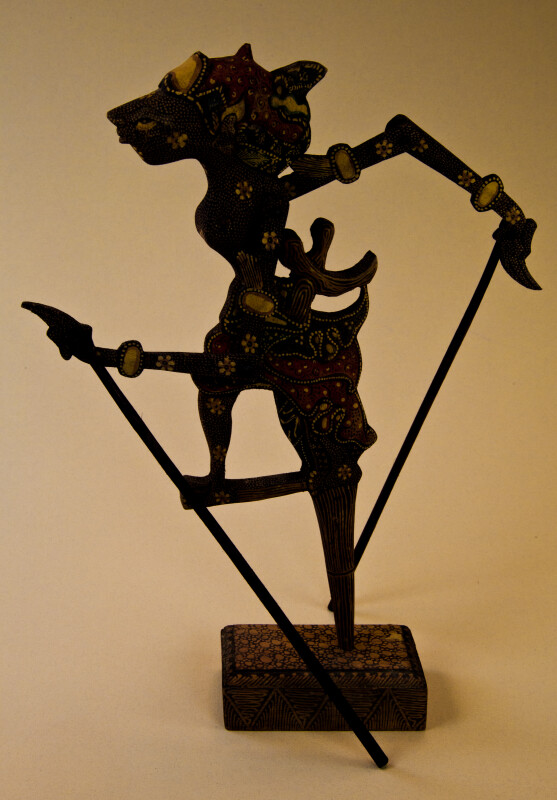Shadow Puppets
by Roy Winkelman

Any teacher who has ever done a puppet project with elementary students has experienced the amazing potential of creating and using puppets in the classroom. Students are engaged. They realize that they must really collaborate because, “The show must go on!” And there’s often the complete surprise of the shy student who never likes to speak up suddenly finding a voice from the safety of standing behind the scenes. The downside? Well, it can often take a good bit of time for students to create puppets and scenery for a play. As a former art teacher, that was the best part for me. But when I was teaching other subject areas, I often wanted to leverage the benefits of puppet activities without spending quite so much time on puppet-making. At those times, shadow puppets can be a great option.
A shadow puppet is simply anything that can cast a shadow on a large paper or cloth screen with a light behind it. (I’d often use a spare overhead projector for the light source.) Typically such puppets are cut out of heavy paper, oaktag, or poster board and then taped to a stick. I usually used popsicle style craft sticks just for safety reasons due to their rounded ends. (Sometimes the backstage area can get a bit frantic during an exciting production.) Generally, the puppet is just the outline shape, but students can add details by cutting out sections of the puppet or even adding colored cellophane to areas.
So what do shadow puppets have to do with FCIT digital content?
I was reminded of them when I reviewed one of the special collections for May—our Lit2Go Wizard of Oz audiobooks celebrating L. Frank Baum’s birthday this month. One great feature of Baum’s writing is his extensive use of dialog. Most of the short chapters in his books are entirely dialogue. Many of the chapters can stand on their own with little introduction. The colorful characters in the series can also be inspiration for students to create their own spin-off stories.
Click any of the Oz images to read or listen to one of Baum’s books on Lit2Go.
The Lit2Go website also includes many other sources for puppet play stories including:
- Grimm Brothers Fairy Tales. This collection 60 stories includes well-known tales such as Hansel and Gretel or Rumpelstiltskin, but also many that your students are probably unfamiliar with. Unlike Baum’s stories, your students would need to create dialogue for most of the tales.
- The Andrew Lang collection. This collection includes well over a hundred tales that Lang collected from many different cultures.
- More Jataka Tales. This collection of about twenty tales originated in India.
- Japanese Fairy Tales. Yei Theodora Ozaki adapted these traditional tales for young readers.
- Stories from Around the World. A collection of twenty stories compiled by FCIT.
- Fairy Tales and Other Traditional Stories. This collection of 35 stories was also compiled by FCIT from multiple sources.
Puppet Image Sources from ClipArt ETC
The ClipArt ETC website includes many visual resources for your students to use when designing of their puppets.
If you do a search for the word “silhouette” on the ClipArt ETC website you’ll receive several pages of results. Some of the results will be signs or tangrams, but many will be silhouettes of persons. These results can be printed out on cover stock or whatever is the thickest paper your printer can handle. When cut out and mounted on a stick, they become instant shadow puppets. Starting with silhouette images will help you students understand what their shadow puppets will look like during a production.
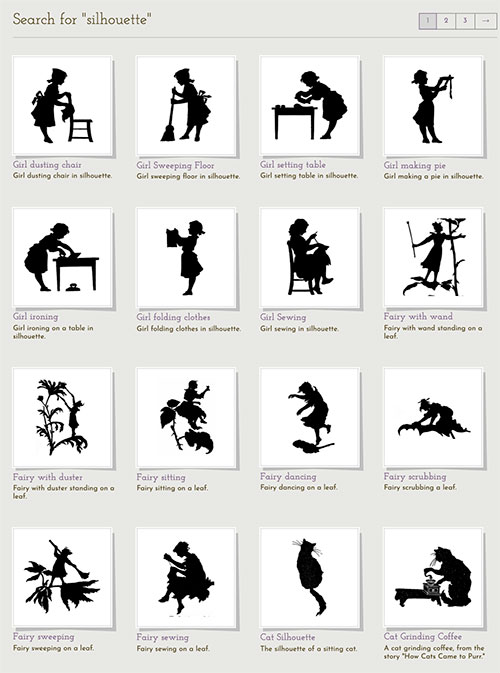
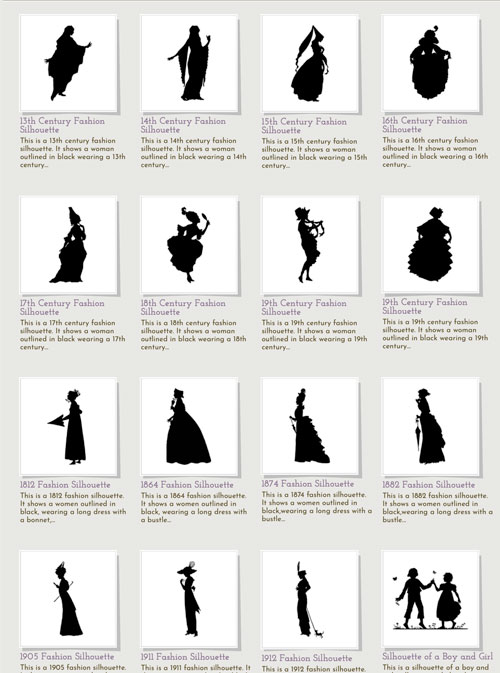
There are thousand and thousands of additional images on the ClipArt ETC site to provide inspiration for puppet characters.
Adults. The Adults section of ClipArt ETC includes over 1,800 line drawings that can provide interesting figure shapes for you students to use in their puppet creations.
Children. This section has over 750 images of individual and groups of boys and girls.
Literature. The Literature section includes nearly 2,700 illustrations sorted into categories such as Fairies and Folklore or Animal Stories.
Costumes. This section has over 950 illustrations in categories such as complete costumes, footwear, or hats and headdresses.
Animals. If your students are doing animal stories, we’ve got that covered! This section has over 10,000 illustrations to draw from.
Authentic Indonesian Shadow Puppet from ClipPix ETC
The ClipPix ETC website has a series of photos of a beautiful shadow puppet from Indonesia. Many puppets in this tradition are designed as works of art in themselves, not just as a means to cast a shadow. This intricate example features painted designs in the style of batiked fabric. One of the photos shows the puppet backlit to simulate what it would look like in a shadow play.
Enjoy experimenting with shadow puppets in your classroom!

